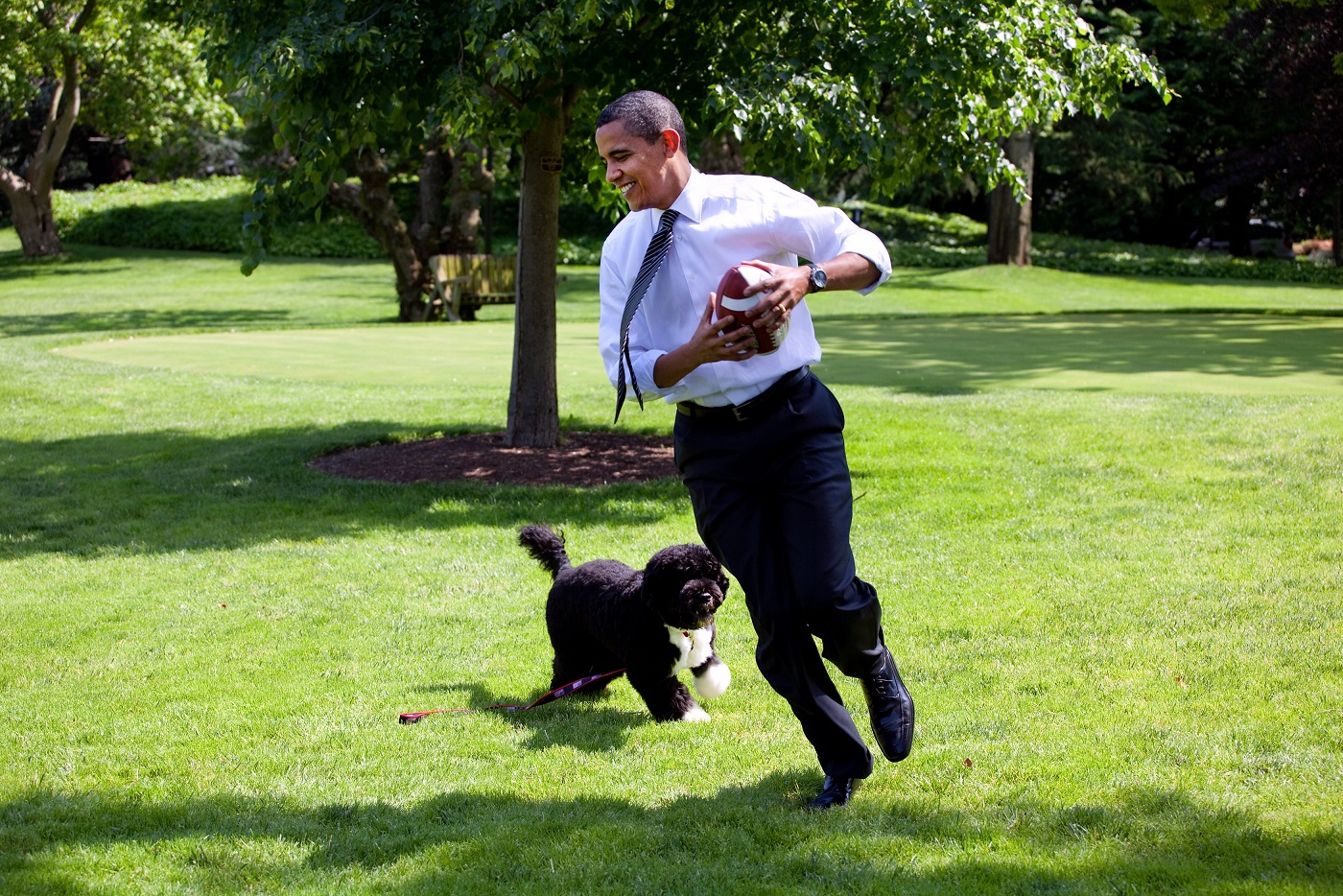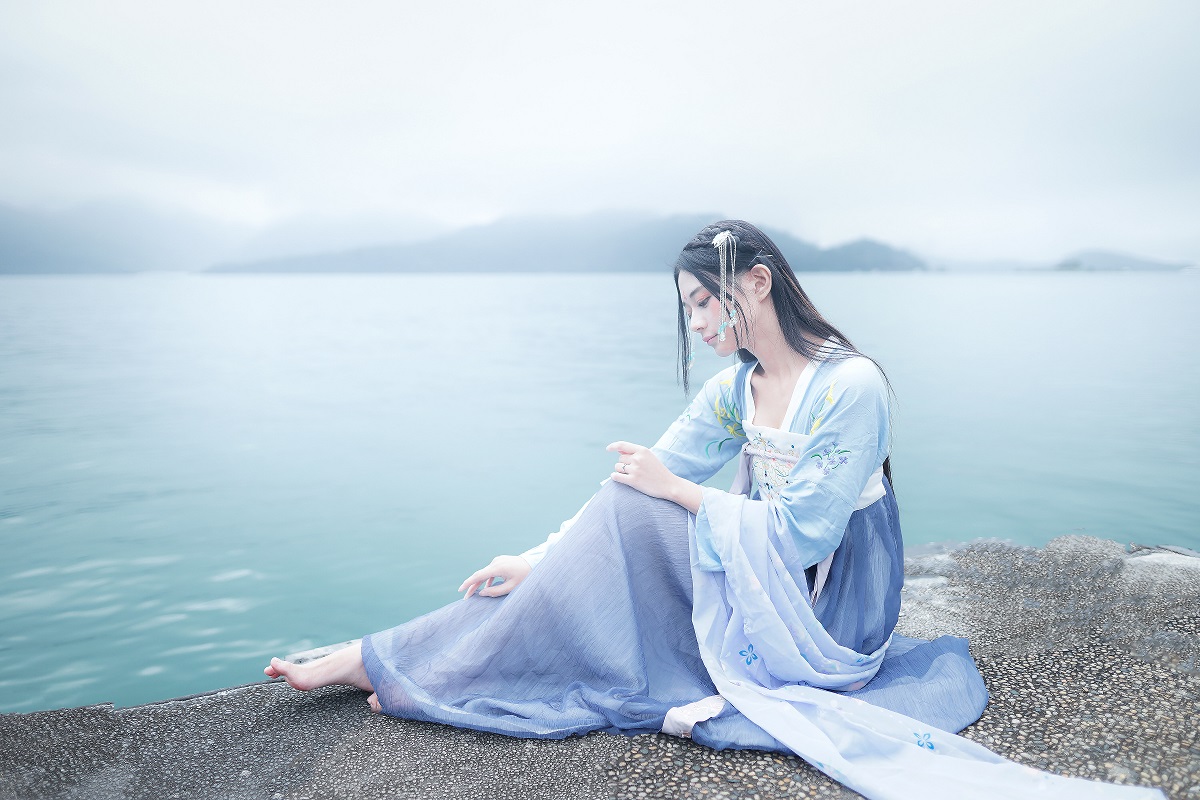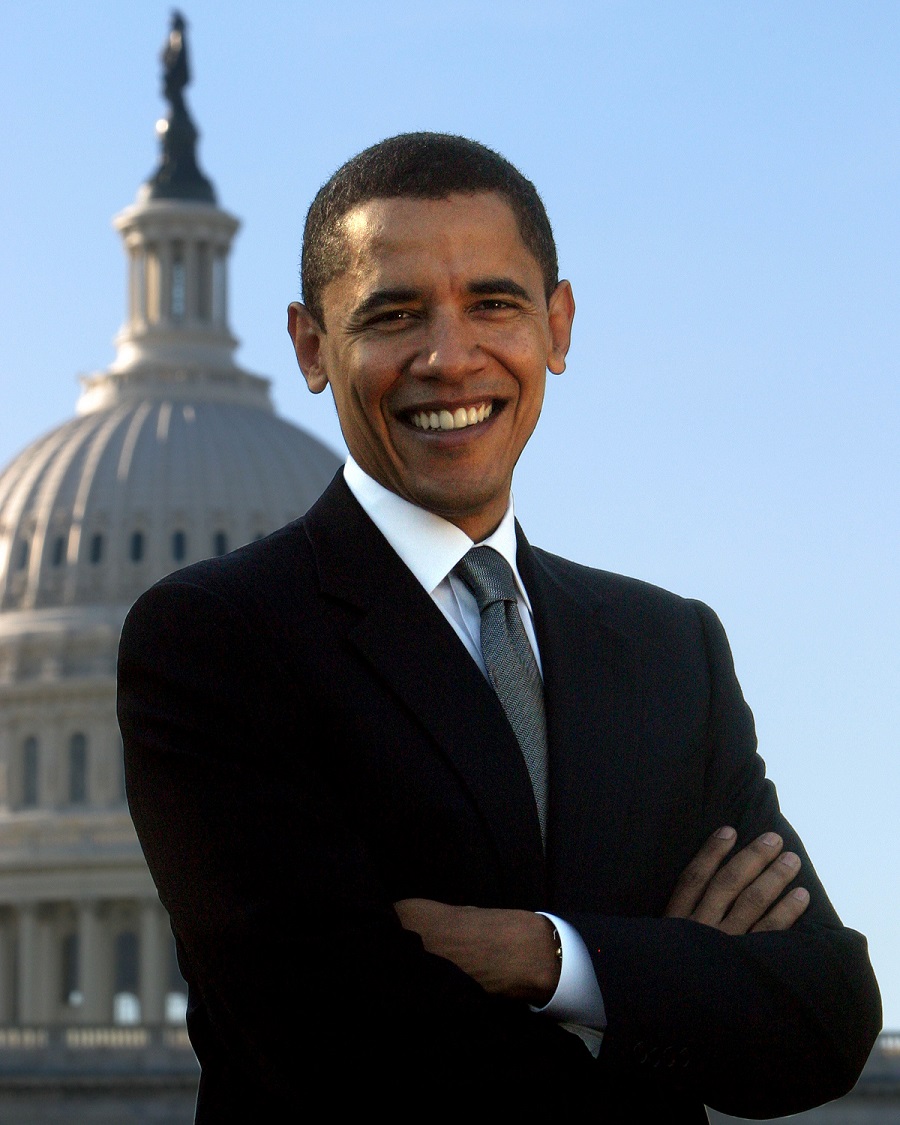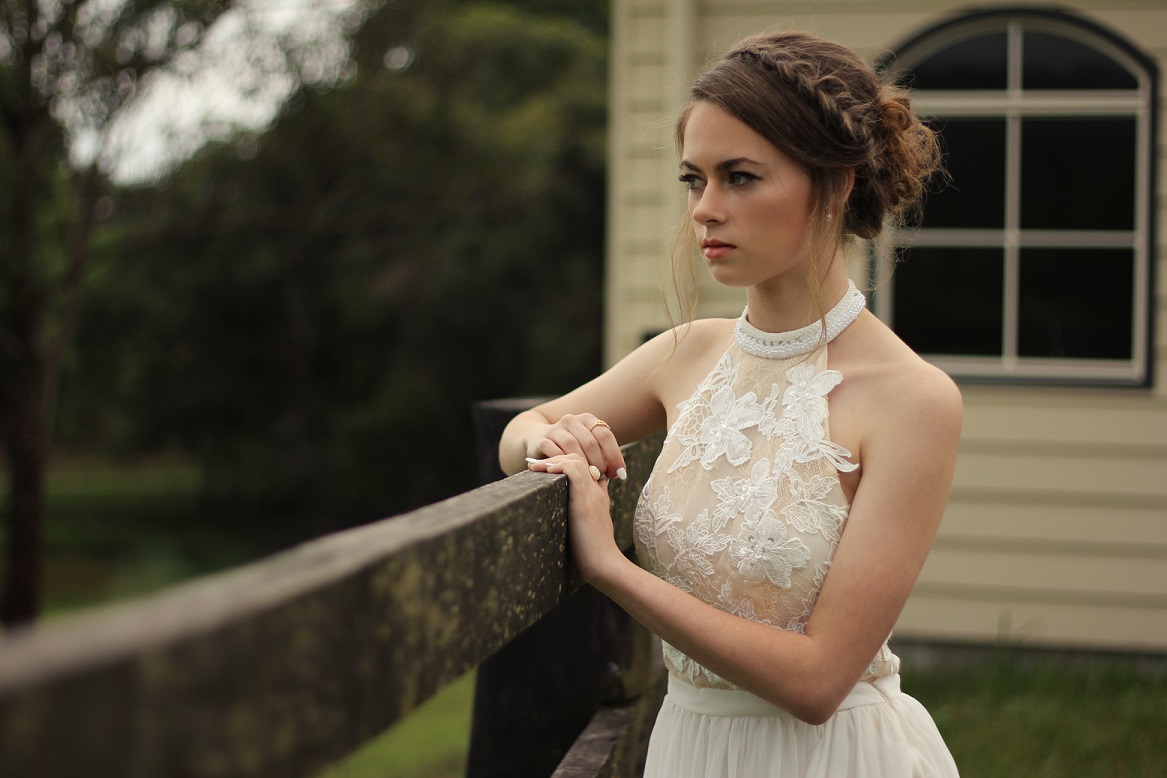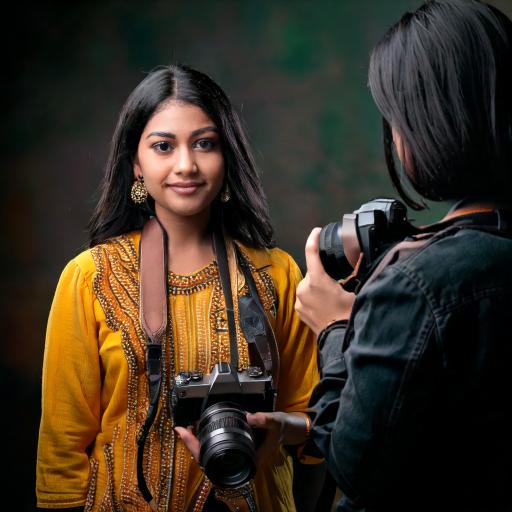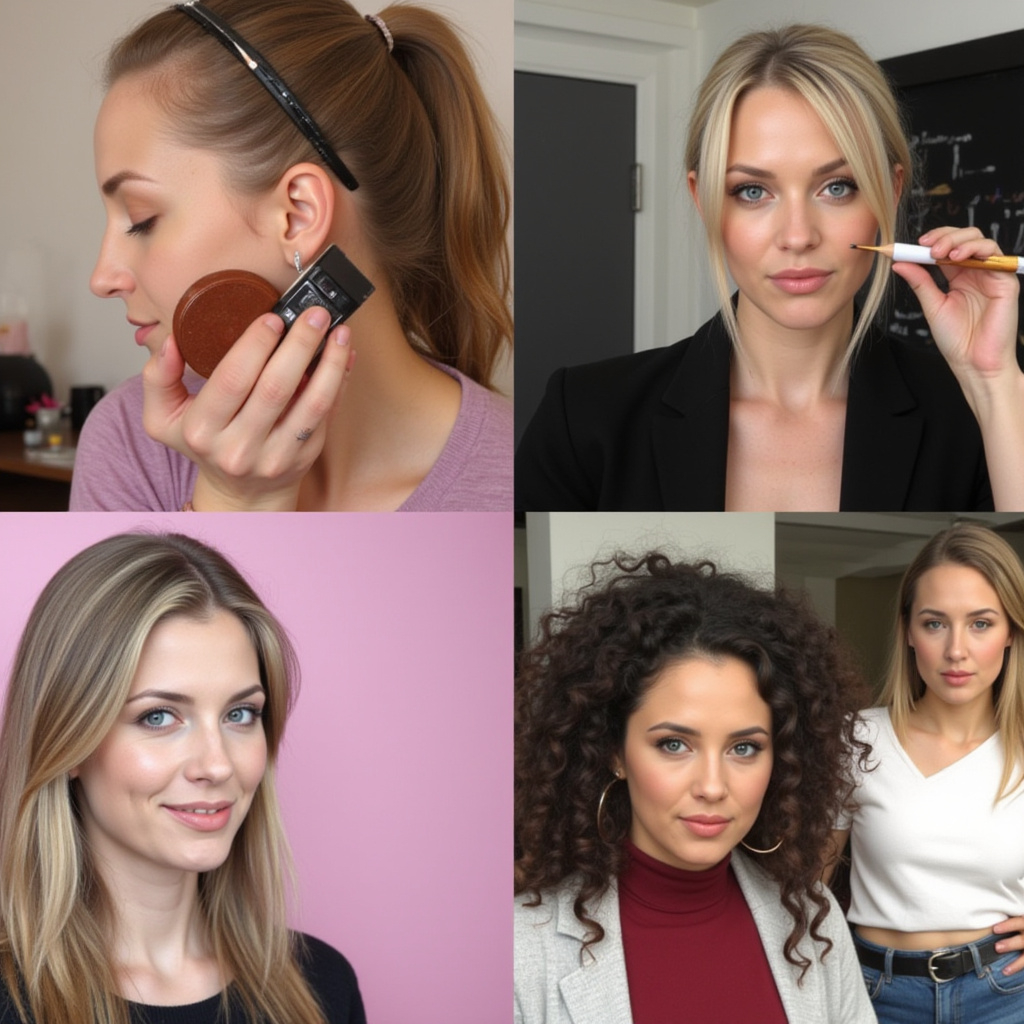Political photography is more than just capturing a candidate smiling or shaking hands. It's a powerful visual language that can shape public perception, document history, and reveal the underlying dynamics of power. Whether you're a news consumer, a student of politics, or an aspiring photographer, understanding how to critically analyze political images is crucial. Here's a detailed look at the essential things to consider when evaluating political photography:
1. The Subject and Their Presentation:
- Authenticity vs. Staging: Is the moment captured candid and seemingly unscripted, or does it appear posed and carefully constructed? Look for subtle cues like body language, eye contact, and the arrangement of elements in the frame. Staged photos aren't inherently bad, but understanding their intent is key.
- Body Language and Demeanor: Pay close attention to posture, gestures, facial expressions, and eye contact. Do they convey confidence, empathy, authority, approachability, or perhaps vulnerability? Are these expressions consistent with the context? Be wary of overly polished or seemingly unnatural portrayals.
- Attire and Appearance: Clothing, grooming, and even subtle accessories can communicate specific messages about a politician's identity, values, and connection to different demographics. Consider if their attire aligns with the event, the audience, and their overall political brand.
- Interaction with Others: How does the subject interact with supporters, opponents, staff, or the general public? Are the interactions genuine or performative? Look for signs of connection, discomfort, or dominance in their interactions.
2. The Context and Setting:
- Location and Backdrop: Where is the photograph taken? A grand hall, a factory floor, a community center, a protest – the setting provides crucial context about the event, the intended audience, and the message being conveyed.
- Surrounding Individuals: Who else is in the frame? Their reactions, expressions, and proximity to the subject can add layers of meaning. Are they supporters, dissenters, advisors, or ordinary citizens? Their presence can reinforce or contradict the intended message.
- Symbolism and Props: Are there any objects, signs, flags, or other visual elements present that carry symbolic weight? These can subtly or overtly communicate political ideologies, affiliations, or messages.
- Time and Place: Understanding when and where the photo was taken is essential for accurate interpretation. A photo taken during a specific campaign event or at a critical moment in history carries different weight than a generic stock image.
3. Composition and Technical Aspects:
- Framing and Perspective: How is the subject framed within the image? A tight close-up can convey intimacy or intensity, while a wider shot establishes context. The photographer's perspective (high angle, low angle, eye-level) can influence how the subject is perceived – powerful, vulnerable, or relatable.
- Lighting and Shadow: Light can dramatically affect the mood and atmosphere of a photograph. Soft, even lighting can create a sense of warmth and approachability, while harsh shadows can add drama or even a sense of unease.
- Color and Tone: The use of color (or lack thereof in black and white) can evoke specific emotions and contribute to the overall message. Bright, saturated colors might convey energy and optimism, while muted tones could suggest seriousness or solemnity.
- Focus and Depth of Field: What is in sharp focus? The photographer's choice of focus directs the viewer's eye and highlights key elements within the frame. A shallow depth of field can isolate the subject, while a deep depth of field keeps everything in focus, emphasizing the context.
- Rule of Thirds and Leading Lines: While not always consciously applied, understanding basic compositional principles can help you analyze how the photographer has arranged elements within the frame to create visual interest and guide the viewer's eye.
4. The Photographer's Intent and Potential Bias:
- Source and Credibility: Who took the photograph and for what publication or purpose? Understanding the photographer's or the media outlet's potential biases is crucial for interpreting the image objectively.
- Cropping and Editing: Be aware that photographs can be manipulated through cropping and editing. Look for any signs of unnatural alterations that might distort reality or change the intended message. Ethical photojournalism adheres to strict guidelines regarding image manipulation.
- Narrative and Storytelling: What story does the photograph seem to be telling? Is it a story of triumph, struggle, unity, division, or something else? Consider how the various elements within the image contribute to this narrative.
- Emotional Impact: What emotions does the photograph evoke in you? While subjective, understanding the emotional impact can provide clues about the photographer's intent and the potential influence of the image.
5. The Broader Context and Historical Significance:
- Relationship to Other Images: How does this photograph compare to other images of the same politician or event? Examining a range of photographs can provide a more comprehensive understanding.
- Historical Context: Understanding the political climate, social context, and historical events surrounding the photograph is essential for accurate interpretation.
- Long-Term Impact: Some political photographs become iconic and shape public memory for years to come. Consider the potential long-term impact and historical significance of the image.
In Conclusion:
Political photography is a powerful tool that can inform, persuade, and even shape history.
1 By looking beyond the surface and critically analyzing the subject, context, composition, photographer's intent, and broader significance, we can become more discerning consumers of visual information and gain a deeper understanding of the complex world of politics. Remember that a single photograph rarely tells the whole story, and a nuanced understanding requires considering multiple perspectives and sources.

